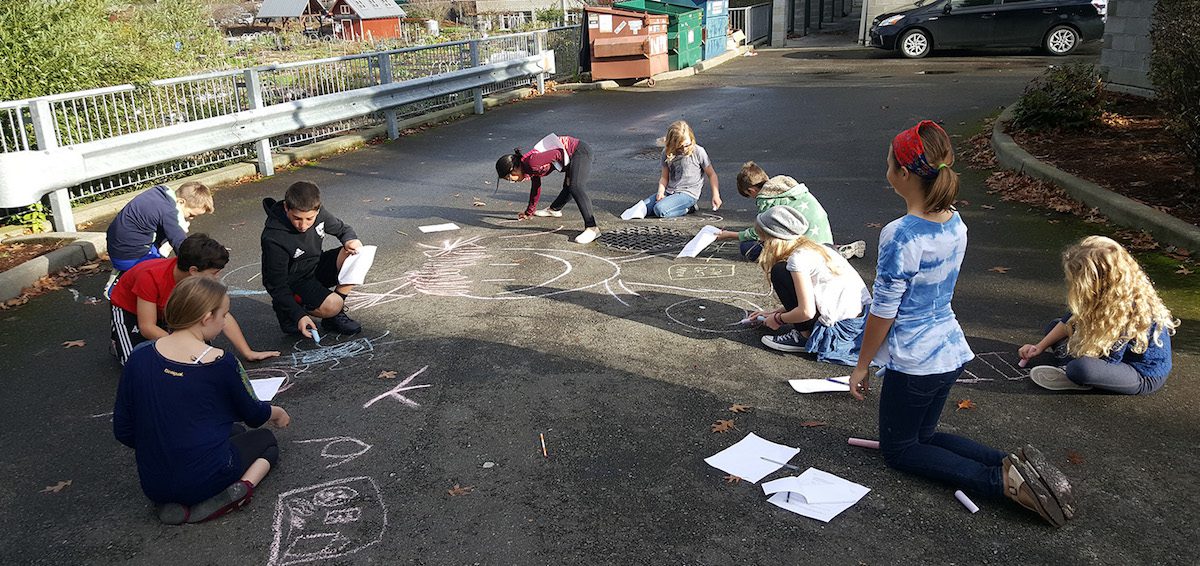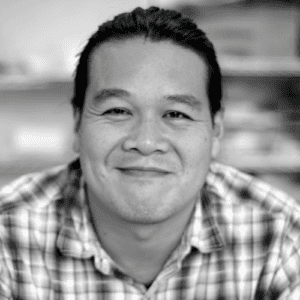Hand a student a big piece of paper, and more often than not, they’ll be intimidated. They’ll work in a corner of the page, timidly filling only the amount of space they think they need.
It isn’t in our nature to work large, as it seems to magnify mistakes, technical shortcomings, and perspective. However, it’s also a chance to practice essential skills and add an element of wonder to their work.
Here are a 6 strategies to get students working bigger!
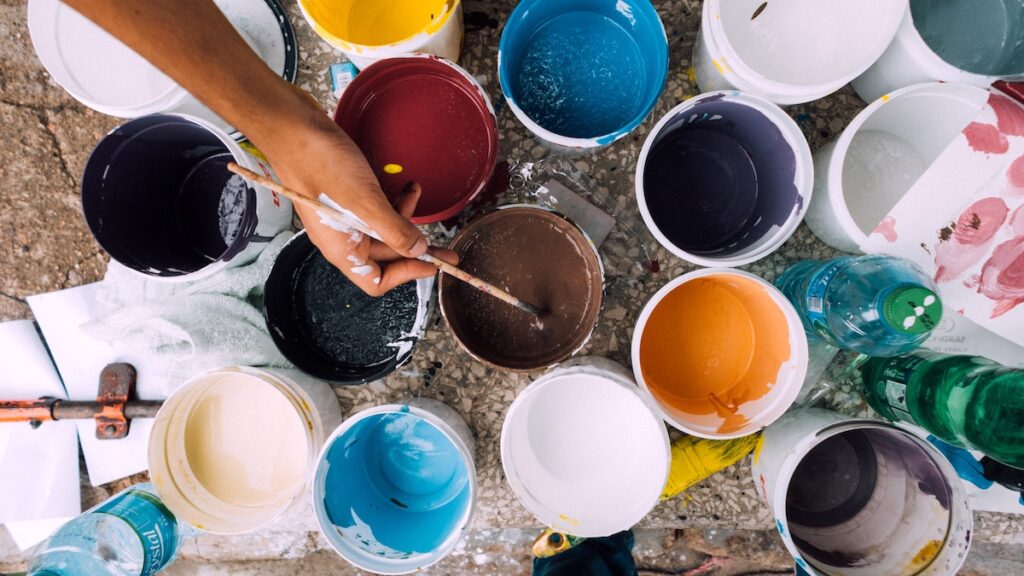
1. Get them to stretch!
We use different muscles when we start drawing and painting on a larger scale. Rather than engaging just the fingers and wrist, we’re now using our elbows and shoulders to a greater extent. We have to get up and really move around a piece to see the entire thing in proper perspective. Have your students stand up and stretch their bodies out before they begin working. I get them to do some shoulder stretches and jumping jacks to get their bodies activated (though maybe that’s the coach in me).
2. Work on bigger surfaces.
Tiny rooms and tables limit how our students think and work. But when you hand them larger papers, they need the space to spread out and create. Have them find new spaces in the classroom to work. Use the floor instead of a table. Go out into the hallway to work. The artmaking doesn’t only have to happen at an art table or even in the art classroom!
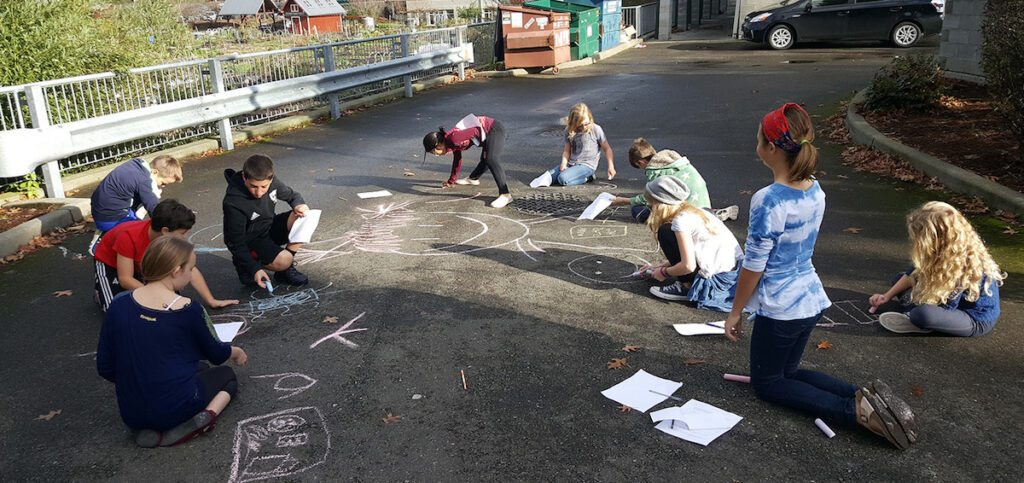
3. Use butcher paper.
Butcher paper is cheaper than drawing paper and already packaged to be used in larger formats. This makes it extremely versatile and also helps get students out of the “precious materials” mindset. By removing this concern about getting the artwork just right on a fancier material, students become more likely to open up and experiment with the larger scale. The pressure is off!
4. Push them to plan!
Creating lots of sketches at a smaller scale makes a larger canvas or paper in front of a student feel less like a blank slate. Knowing how their vision will play out on the page helps relieve anxiety about the unknown. Planning also allows students to use specific techniques and approaches to enlarging their sketch. They might use grids to scale up their image or an overhead projector to blow up their work and recreate their sketch.
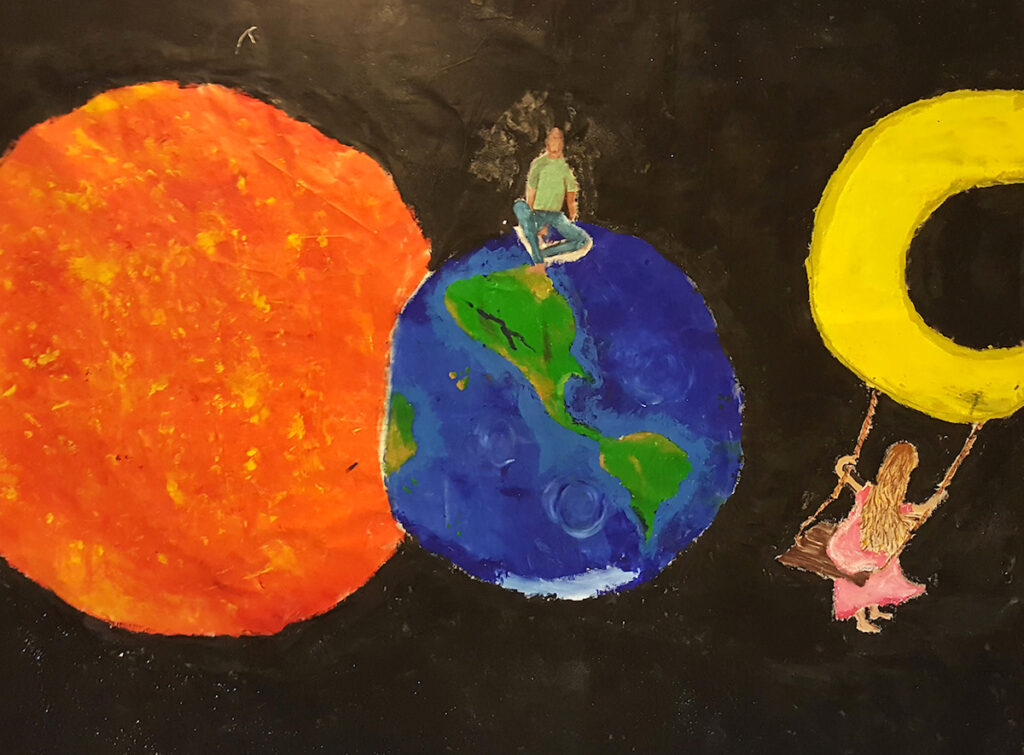
5. Choose an object and draw it double the size.
To help students wrap their minds around drawing large, it can be helpful to give them a concrete task. One way I like to do this is to ask students to take ordinary objects and draw them at double or triple their normal size. Students can measure their object with a ruler and figure out exactly how much larger their lines and shapes need to be in order to recreate their artwork on a larger surface. The visual and spatial reasoning shifting scales and perspectives requires isn’t something most people practice. Giving things a number helps remove the guesswork.
6. Get them to collaborate and fill more of the page.
Working solo on a large-scale piece can be intimidating. But working in partnership with peers makes the process more approachable and gets things going at a faster rate! This is also a great way to get students working on large-scale collaborative pieces like murals. Sharing ideas and concepts, sketching and plotting out the mural, and then executing the whole thing together in a space large enough to accommodate their vision allows students to work through all of these tips!
If you’re looking for even more ways to get your students working bigger, be sure to check out the Creating Large-Scale Artworks PRO Learning Pack. You’ll learn how to blend traditional materials and surface options with innovative supplies and explore how working on a large-scale can help push students’ creativity and risk-taking. Now get out there and make something huge with your students!
How do you encourage students to work big?
What projects do you think are ideal at a larger scale?
Magazine articles and podcasts are opinions of professional education contributors and do not necessarily represent the position of the Art of Education University (AOEU) or its academic offerings. Contributors use terms in the way they are most often talked about in the scope of their educational experiences.
